MercoPress. South Atlantic News Agency
Tag: Brazilean Central Bank
-
Thursday, March 20th 2025 - 11:26 UTC
Brazil: Haddad says Selic adjustment stemmed from Campos Neto era
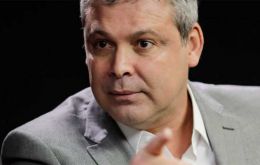
After Brazil Central Bank's (BCB) Monetary Policy Committee (Copom) raised Wednesday the benchmark Selic interest rate from 13.25% to 14.25% annually, Finance Minister Fernando Haddad warned that such a move had been planned since December under former BCB President Roberto Campos Neto, who had been appointed during the Jair Bolsonaro years.
-
Thursday, March 20th 2025 - 06:07 UTC
Brazilian Central Bank raises interest rate to its highest in nine years, 14.25%
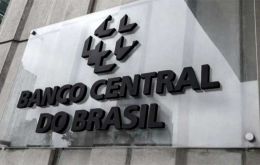
The Brazilian Central Bank Copom (Monetary Policy Committee) raised the benchmark interest rate (Selic) by one full percentage point on Wednesday, from 13.25% to 14.25%, the highest since 2016, the level reached during the political crisis that ousted then president of Dilma Rousseff’s (PT) government.
-
Monday, December 30th 2024 - 10:58 UTC
Hard times ahead for Lula and Brazilian Real, the most devalued currency in 2024

US dollar expectations in the Brazilian market are beating forecasts having reached R$ 6.30 in December, (from 4.85 in January 2024) making the Brazilian Real one of the largest currencies of emerging countries, as the most devalued during 2024, despite the Central Bank pumping some US$ 17 billion to the market hoping to contain the slide.
-
Thursday, November 7th 2024 - 10:25 UTC
Brazil's Copom raises Selic rate to 11.25%
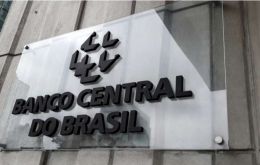
The Monetary Policy Committee (Copom) of Brazil's Central Bank (BCB) Wednesday agreed unanimously to increase the economy's basic interest rate known as Selic by 0.5%age points to 11.25% per year, Agencia Brasil reported. The move was expected within financial circles given the recent rise in the exchange rate between the local real and the US dollar which provided for an inflationary context.
-
Sunday, December 11th 2022 - 08:30 UTC
Brazilian central bank keeps Selic rate at 13,75%; anticipates hawkish approach to combat future inflation
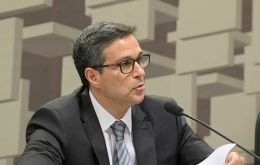
The Brazilian central bank maintained the benchmark Selic at 13.75% for a third consecutive meeting this week, as expected by all analysts. It was the last rate meeting before Lula da Silva assumes the country’s presidency on January first.
-
Tuesday, August 9th 2022 - 07:32 UTC
Slight improvement in Brazil's inflation forecast

Brazil's Central Bank (BCB) released a new study whereby this year's National Wide Consumer Price Index (IPCA) projections for this year fell from 7.15% to 7.11%, in what became the sixth consecutive forecast reduction.
-
Thursday, June 16th 2022 - 07:39 UTC
Brazil's central bank raises Selic rate to 13,75%, hoping to contain inflation

Brazil's central bank raised its benchmark interest rate for the 11th straight time on Wednesday, bringing the Selic rate to 13,75%, in an attempt to contain inflation in Latin America’s biggest economy.
-
Monday, December 16th 2019 - 09:50 UTC
Brazil's basic interest rate at an all time low of 4.50%

Brazil's central bank cut its benchmark Selic interest rate to an all-time low of 4.50% this week but indicated that with borrowing costs so low and economic growth starting to pick up, it may mark a pause in the easing cycle, if not the end.
-
Friday, August 3rd 2018 - 09:32 UTC
Brazil central bank keeps interest rates at an all-time low
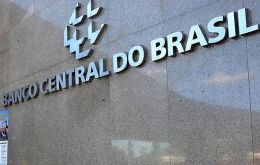
Brazil's central bank kept interest rates at an all-time low on Wednesday and downplayed a recent spike in inflation, suggesting no rate hikes in the immediate future. The effect of a nationwide truckers' strike on prices is likely to fade but will probably further slow a recovery in Latin America's top economy, the bank said, underscoring the outsized impact of the late-May protests.
-
Wednesday, May 17th 2017 - 17:44 UTC
.Brazil seems to be climbing out of the worst recession in history
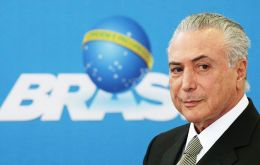
Brazil is set to show a return to growth, the Central Bank indicated Monday, raising hopes that Latin America’s biggest economy could be inching out of a two-year recession.
